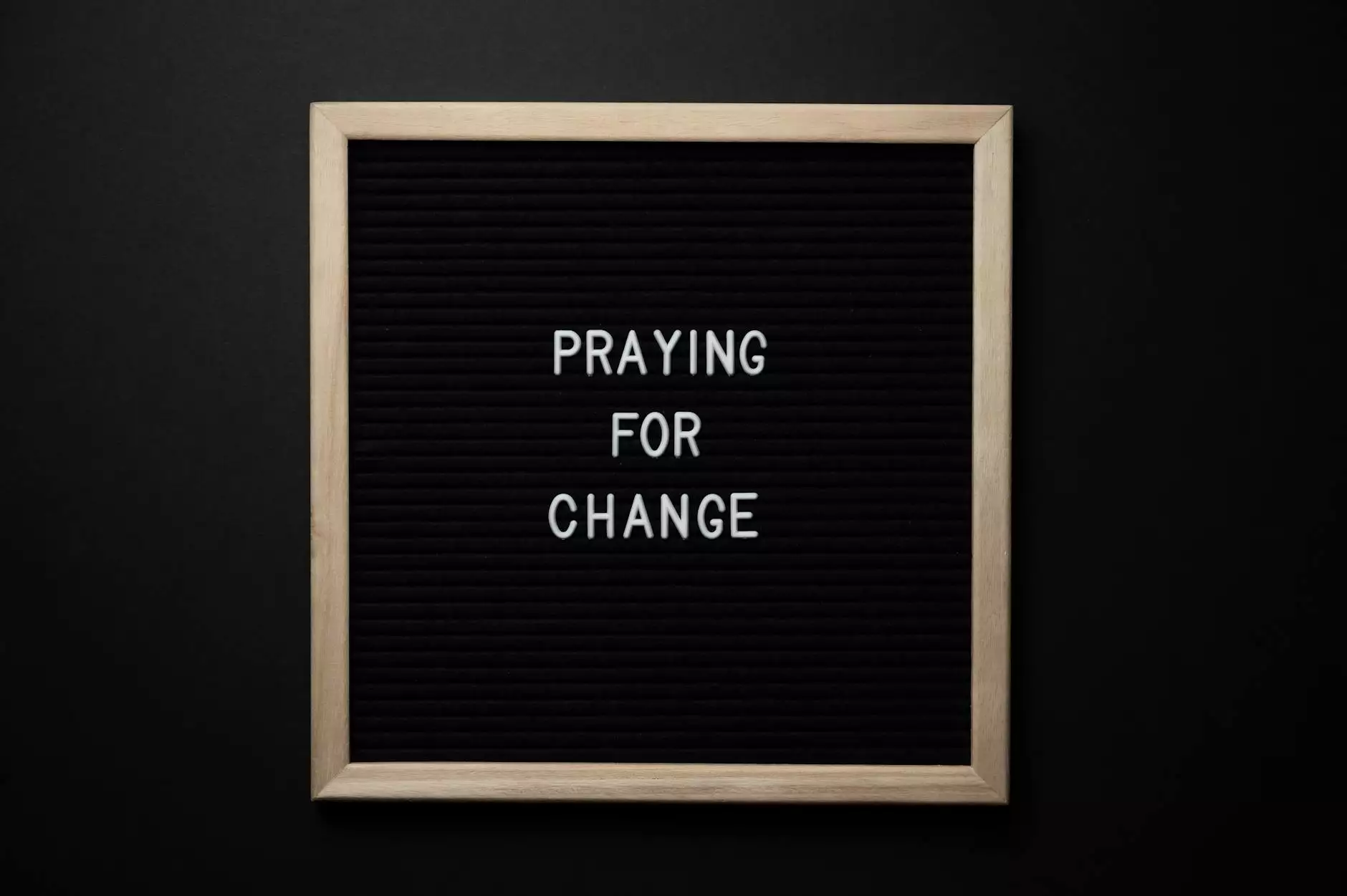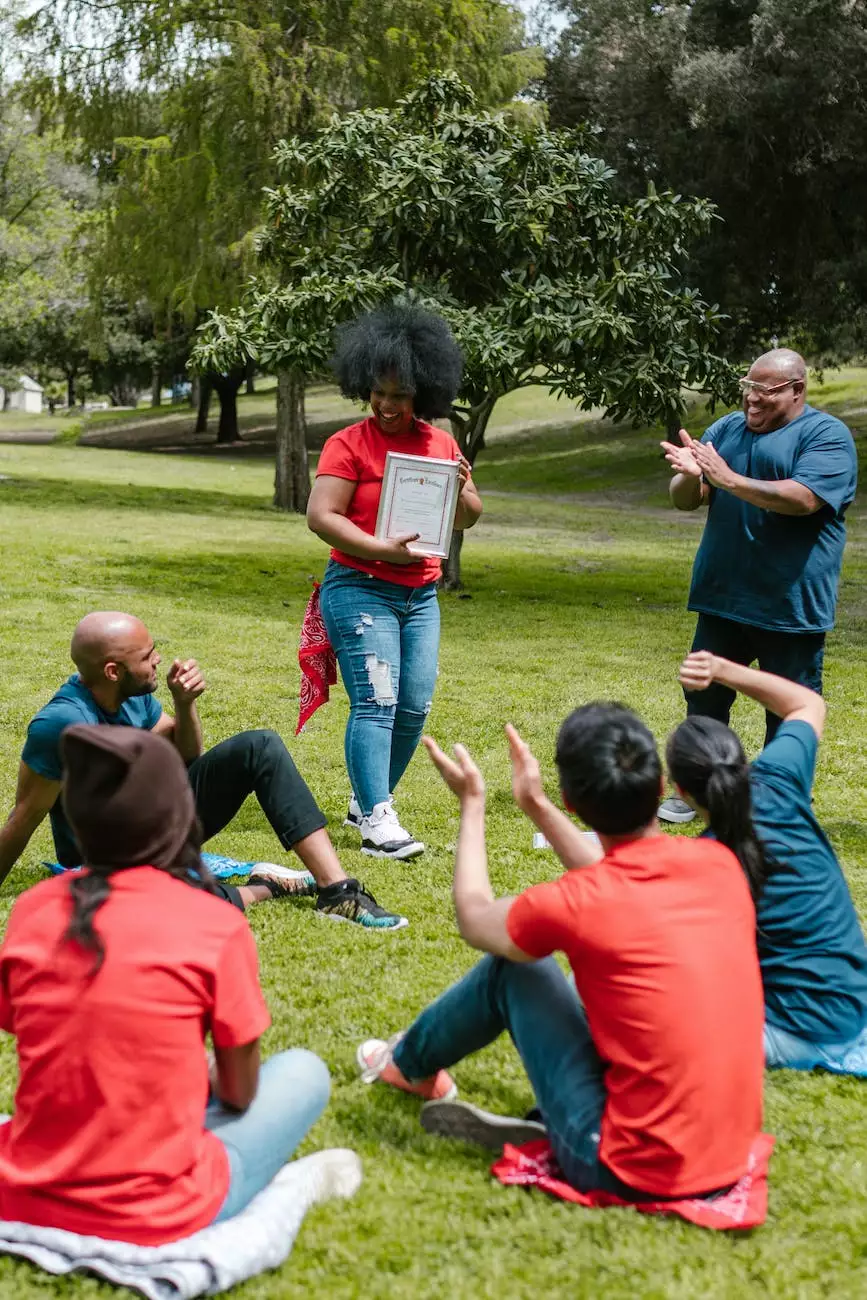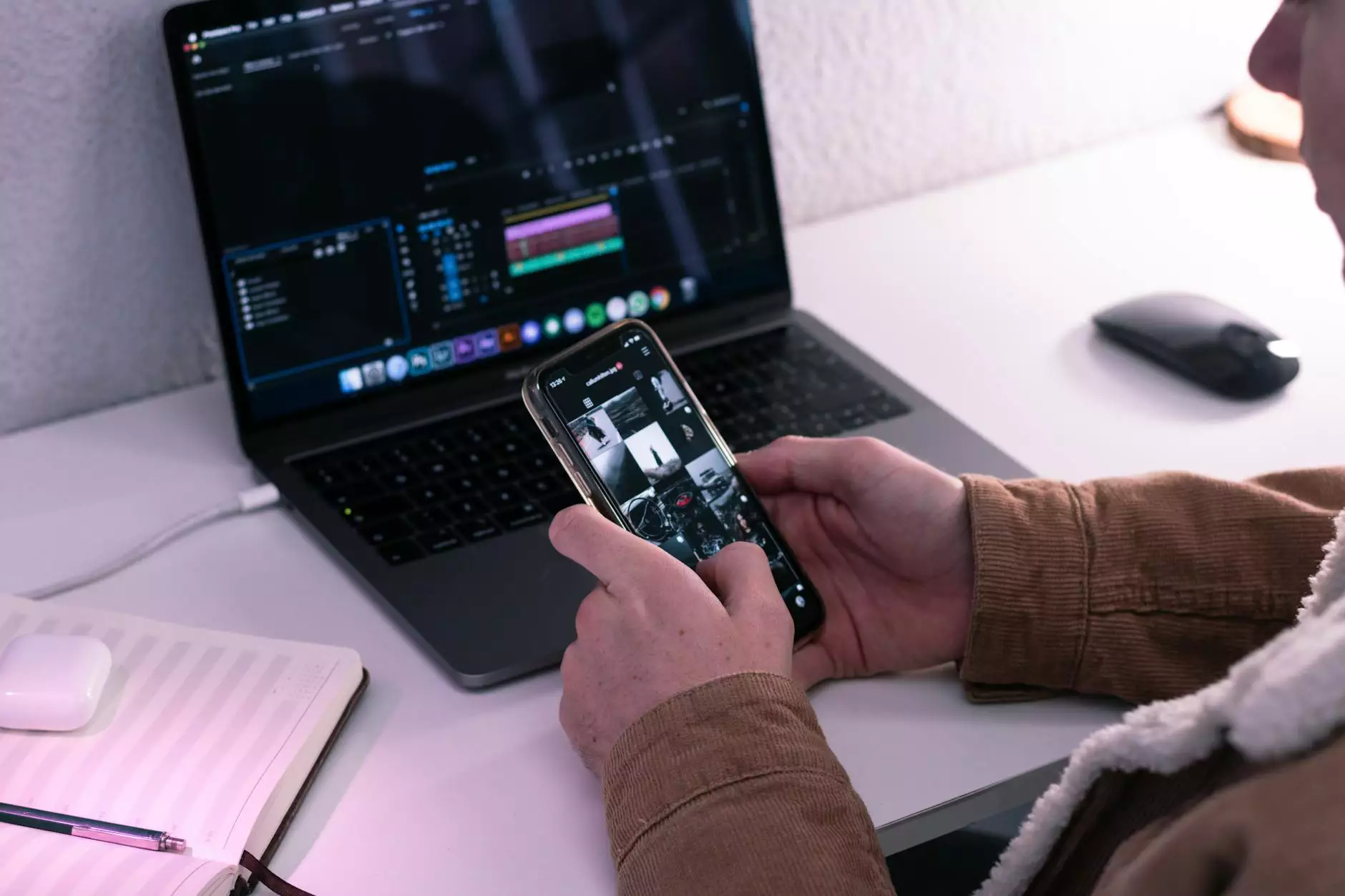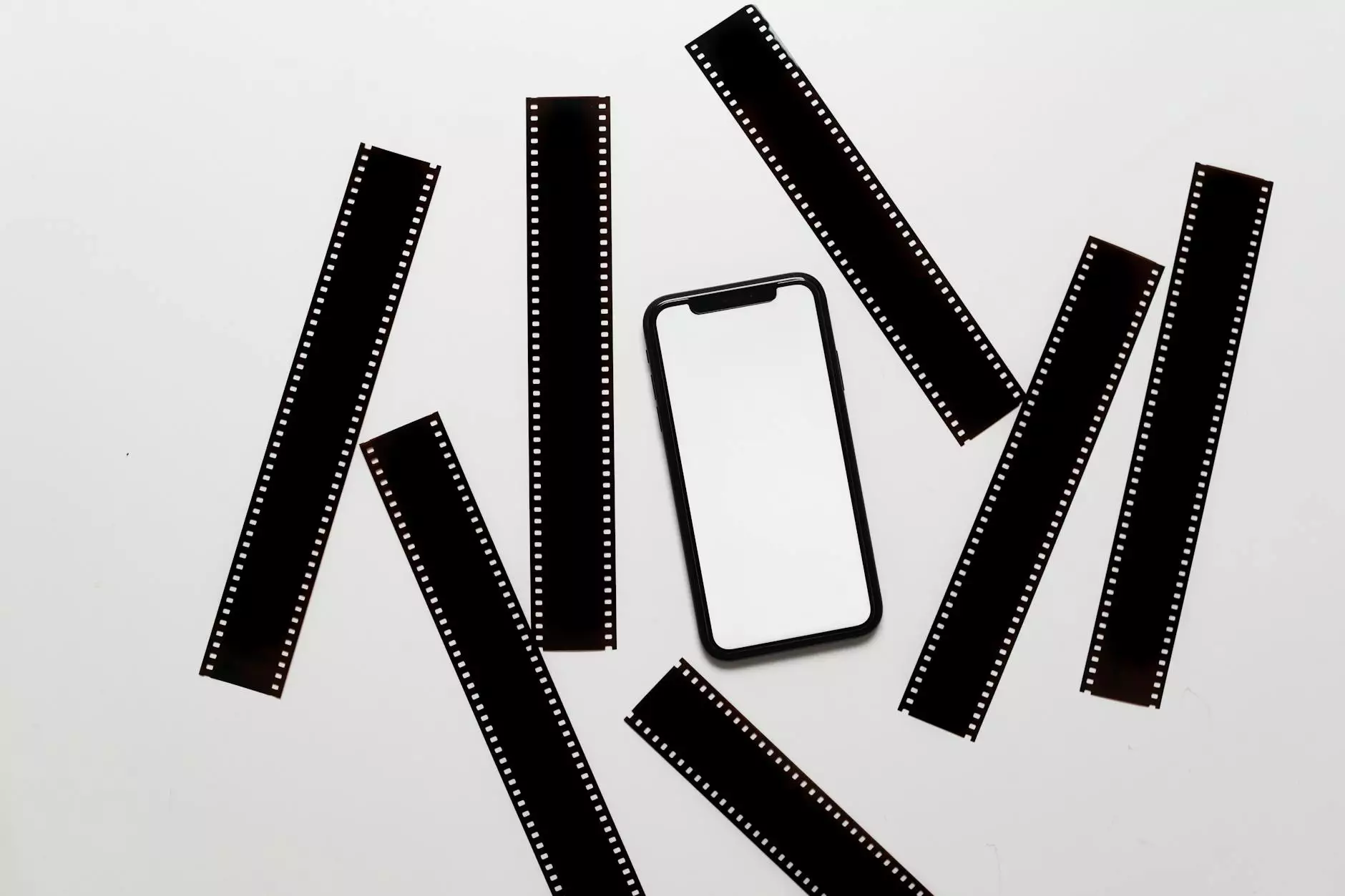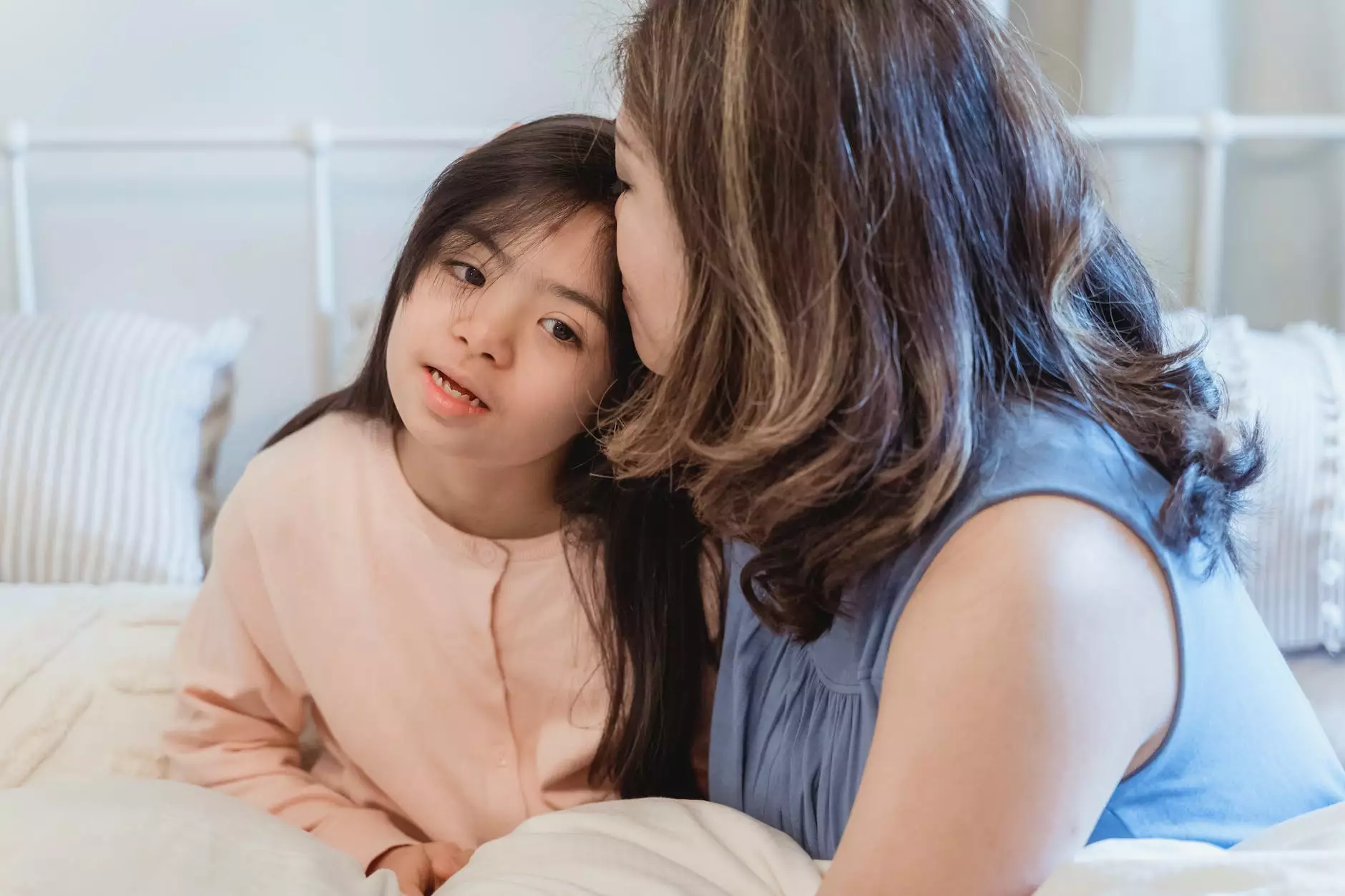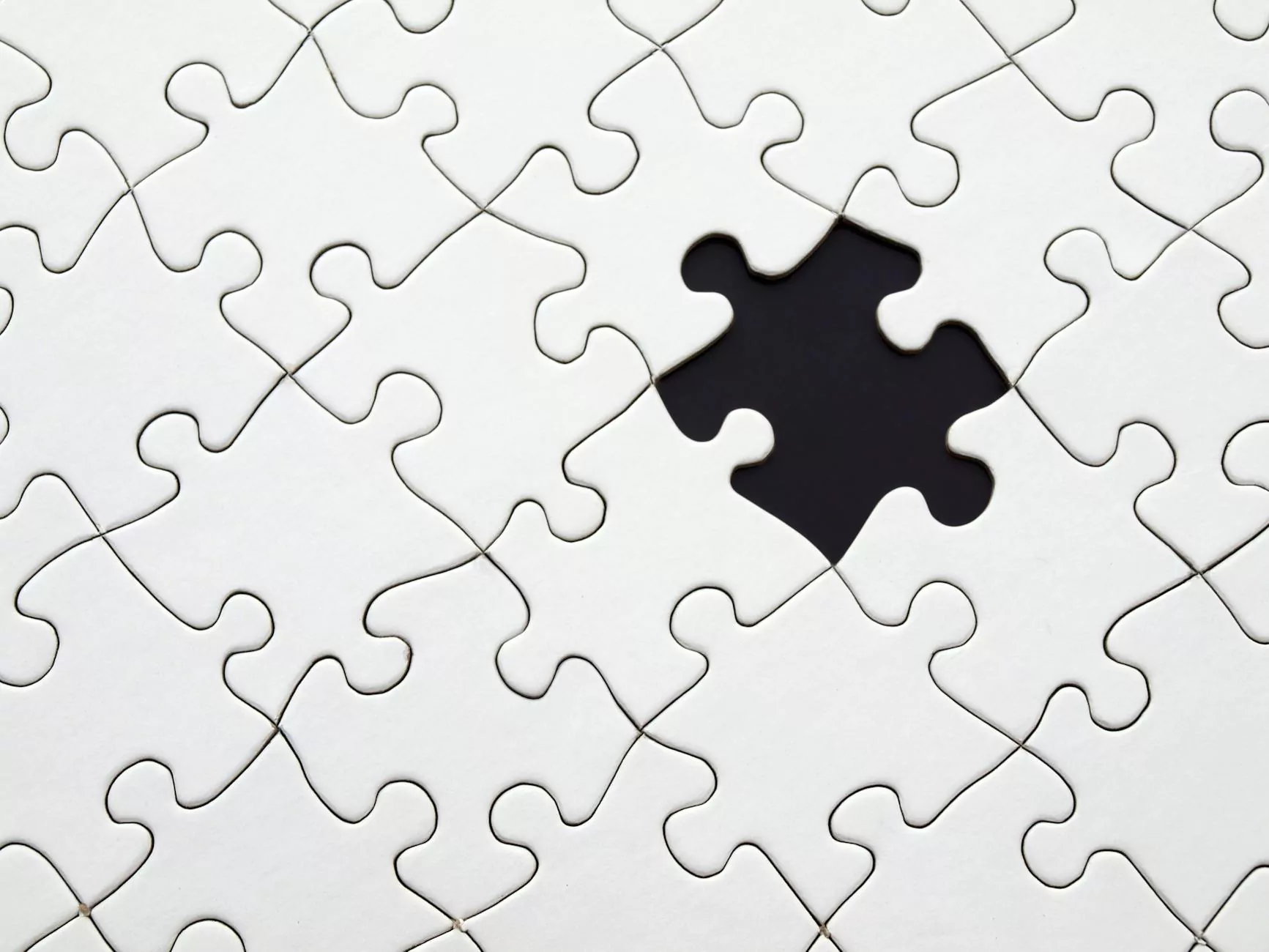UDL and Culturally Responsive Practice
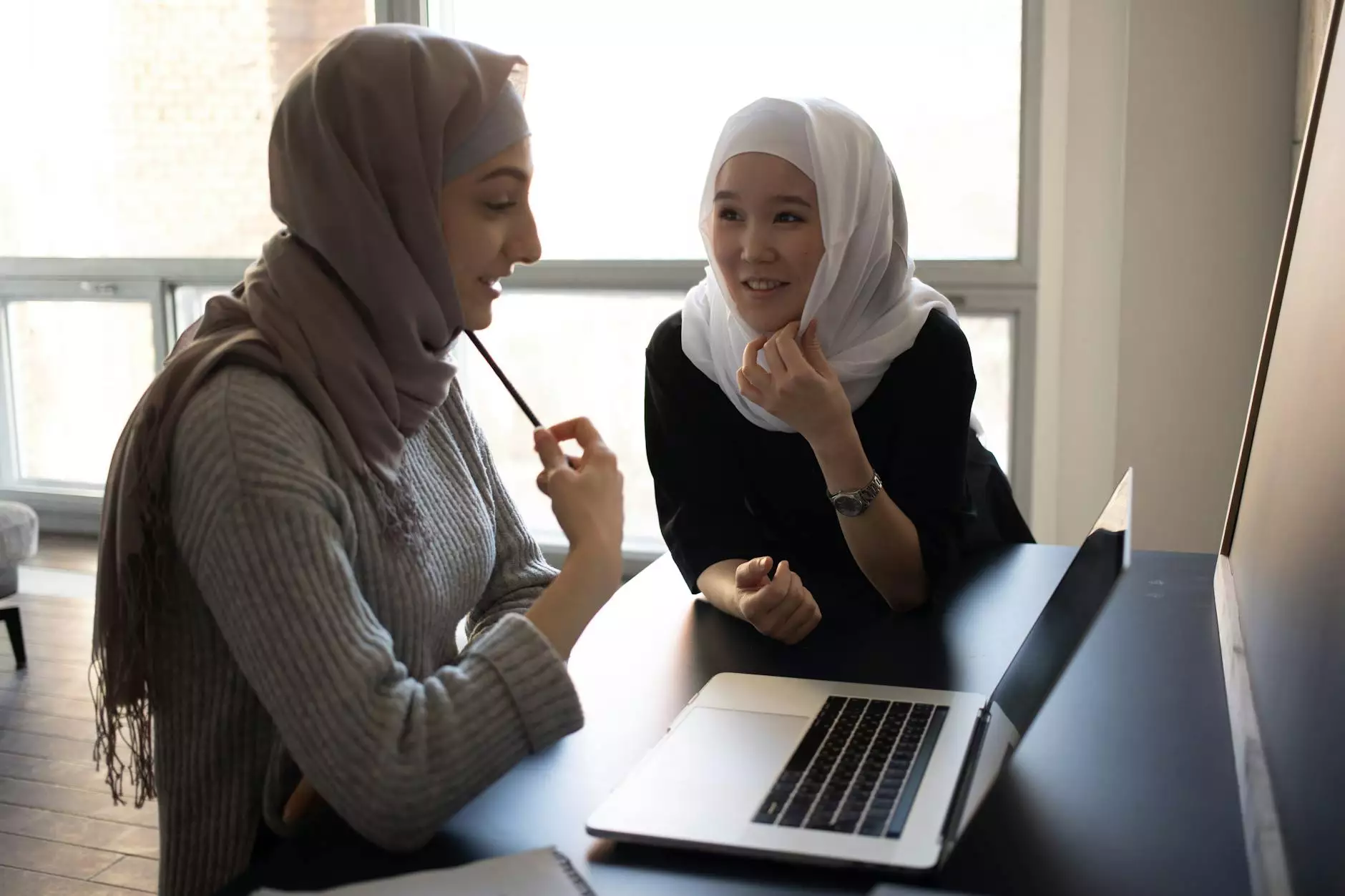
Introduction
Welcome to Fountain of Hope, a leading organization in Columbus committed to promoting inclusive education and bridging cultural gaps within our community. In this page, we will explore the essential connection between Universal Design for Learning (UDL) and Culturally Responsive Practice.
Understanding UDL
Universal Design for Learning (UDL) is an educational framework that encompasses teaching practices and curriculum designs that ensure all learners can access and engage with the learning content effectively. UDL breaks barriers by addressing the diverse needs of learners, including those with disabilities, cultural differences, or varied learning styles.
Exploring Culturally Responsive Practice
Culturally Responsive Practice refers to an inclusive approach that takes into consideration the unique cultural backgrounds, experiences, and perspectives of learners. It recognizes the importance of fostering an environment where students feel valued, respected, and connected to their learning.
The Intersection of UDL and Culturally Responsive Practice
At Fountain of Hope, we firmly believe that the intersection of UDL and Culturally Responsive Practice is vital for creating a truly inclusive educational environment. By combining these approaches, we ensure that students from all backgrounds have equal opportunities for learning and success.
Benefits of Combining UDL and Culturally Responsive Practice
1. Engaging and Relevant Learning Experiences
By integrating UDL and Culturally Responsive Practice, we can deliver learning experiences that are engaging, relevant, and respectful of students' cultural identities. This approach promotes active participation and motivates students to connect their learning to real-life situations.
2. Meeting Diverse Learners' Needs
UDL provides a flexible framework that allows educators to accommodate a wide range of diverse learners, regardless of their abilities, cultural backgrounds, or learning preferences. By incorporating Culturally Responsive Practice, we further tailor the learning experience to meet individual needs and promote success for all students.
3. Fostering a Positive Learning Environment
Combining UDL and Culturally Responsive Practice helps create a positive and welcoming learning environment where students feel safe, respected, and supported. This inclusive atmosphere encourages collaboration, empathy, and understanding among students from different cultural backgrounds.
4. Empowering Student Voice and Choice
By embracing UDL and Culturally Responsive Practice, we empower students to take an active role in their education. With personalized learning opportunities and culturally relevant content, students can express their unique perspectives, preferences, and interests, fostering a sense of ownership and empowerment.
5. Bridging Cultural Gaps
UDL and Culturally Responsive Practice work together to bridge cultural gaps within our community. By incorporating diverse perspectives, cultural experiences, and resources into our curricula, we promote understanding, respect, and empathy among students with different backgrounds, thereby creating a more inclusive society.
Conclusion
At Fountain of Hope, we strive to provide an education that is accessible, inclusive, and culturally responsive. Through the integration of UDL and Culturally Responsive Practice, we enable every student to thrive and succeed, regardless of their background or ability. Join us in creating an environment where diversity is celebrated, and every learner can unlock their full potential.


